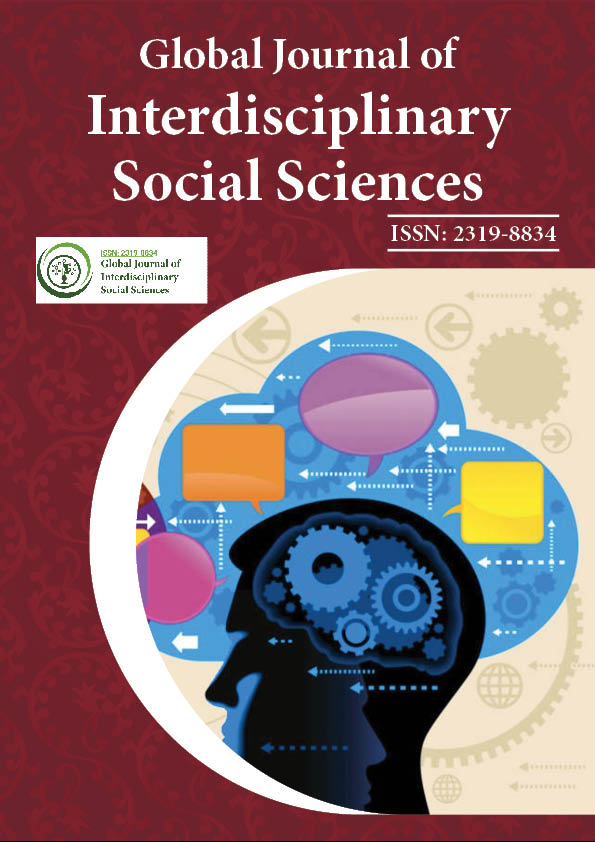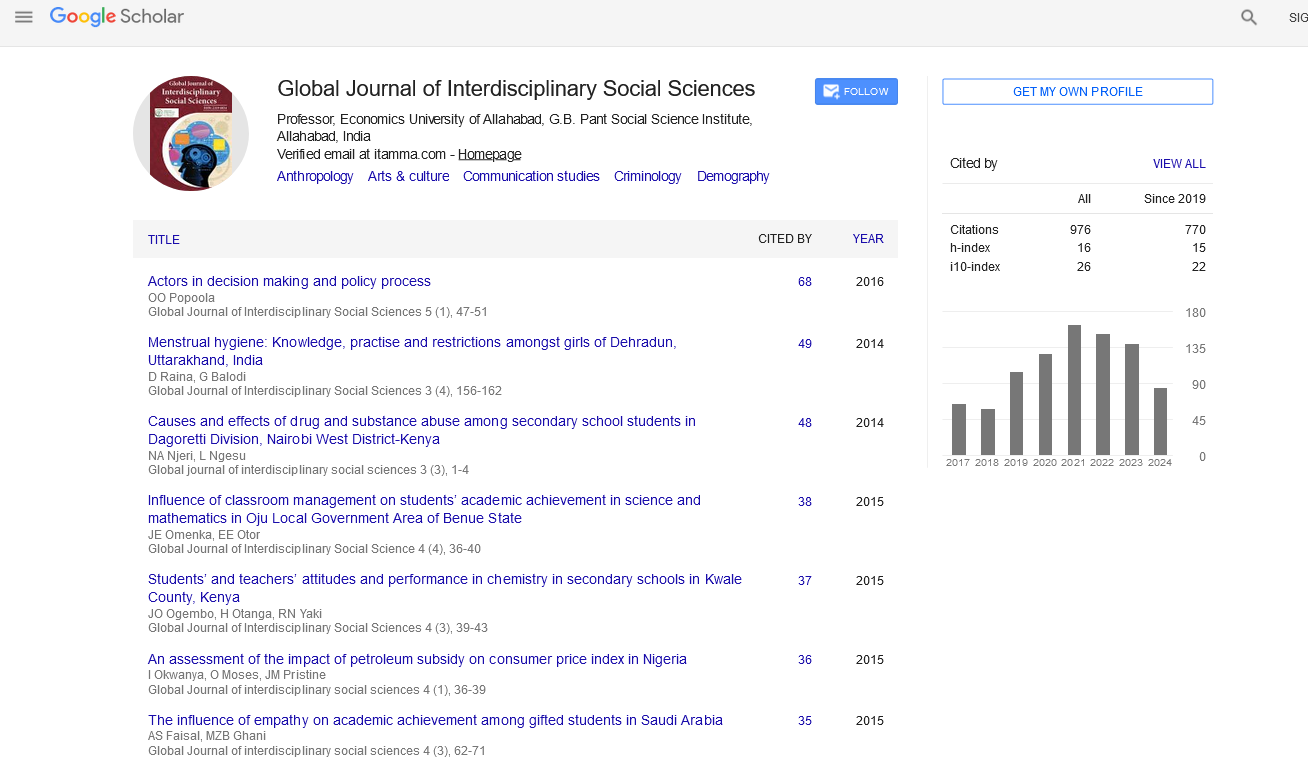Indexed In
- JournalTOCs
- Google Scholar
Useful Links
Share This Page
Journal Flyer

Open Access Journals
- Agri and Aquaculture
- Biochemistry
- Bioinformatics & Systems Biology
- Business & Management
- Chemistry
- Clinical Sciences
- Engineering
- Food & Nutrition
- General Science
- Genetics & Molecular Biology
- Immunology & Microbiology
- Medical Sciences
- Neuroscience & Psychology
- Nursing & Health Care
- Pharmaceutical Sciences
Abstract
How to get Started in Telebehavioral Health - A Practical Guide to Starting and Sustaining a Legal, Ethical and Profitable Behavioral Health Practice on the Internet
Jay Ostrowski
Peer-reviewed, multidisciplinary, and focused on best-practices, this seminar is a quickstart guide derived from extensive research and applies to international audiences. The same author created the Board Certification in Telemental Health (BC-TMH) for the Center for Credentialing and Eduction in the United States that launched in 2018. This practical seminar was created from the most comprehensive study to date of international laws, ethics, best practices and efficacy research on the topic of telebehavioral health and the collective experience of 20 telebehavioral health experts. The extensive literature review included the 46 related terms for mental and behavioral health services delivered over the internet that are found in the research and popular literature. The professions included are (in US terms) medical doctors, nurse-practitioners, psychologists, social workers, professional counselors, addictions therapists, and marriage and family therapists.
Telebehavioral Health solves many provider shortage and access problems for mental and behavioral health services around the world. Developing safe, effective, and sustainable services requires knowledge in a wide range of areas in addition to mental and behavioral health training. with this in mind, a specific process is presented for efficiently creating or improving a telebehavioral health program and can be applied to a small single clinic or an extensive multi-hospital network. The process is flexible enough to be applied to most all scenarios. Areas of focus include efficient program development, funding, selecting settings, selecting and setting up service offerings (psychiatry, medication-assisted therapy, psychological assessment, counseling, peer-coaching, clinical supervision, selfhelp, etc.), internet security selecting secure video software, setting up online workflows, provider and patient adoption strategies and how to prevent the most common program failures. Particular attention is paid to differences between clinic-to-clinic work and directto-consumer (in patient home) work where setup, security, software and best practices differ.
Telebehavioral health (TBH) in the form of synchronous video is effective, well received and a standard way to practice. Current guidelines and policies discuss the importance of good clinical, technical, and administrative components to care. A review of the TBH evidence-based literature across psychiatry/medicine, psychology, social work, counseling, marriage/family, behavioral analysis, and other behavioral sciences found no common TBH competencies across disciplines. The scope of professional guidelines and standards about technology are broad (e.g., practice of telepsychology; Internet and social media use in social work practice), to mid-range (e.g., American Telemedicine (ATA), American Counseling Association (ACA)), to narrow (e.g., preliminary “guidelines” for asynchronous communication such as e-mail and texts). There is only one set of competencies for telepsychiatry, which discusses skills, training and evaluation. These competencies suggested (1) novice/advanced beginner, competent/proficient, and expert levels; (2) domains of patient care, communications, system-based practice, professionalism, practice-based improvement, knowledge and technological know-how; and (3) pedagogical methods to teach and evaluate skills. Revisions to this framework and technology-specific competencies with additional domains may be needed. A challenge to competencies across disciplines may be finding consensus, due to varying scopes of practice, training differences and faculty development priorities. Disciplines and organizations involved with TBH need to consider certification/accreditation and ensure quality care.
Published Date: 2020-11-28;

